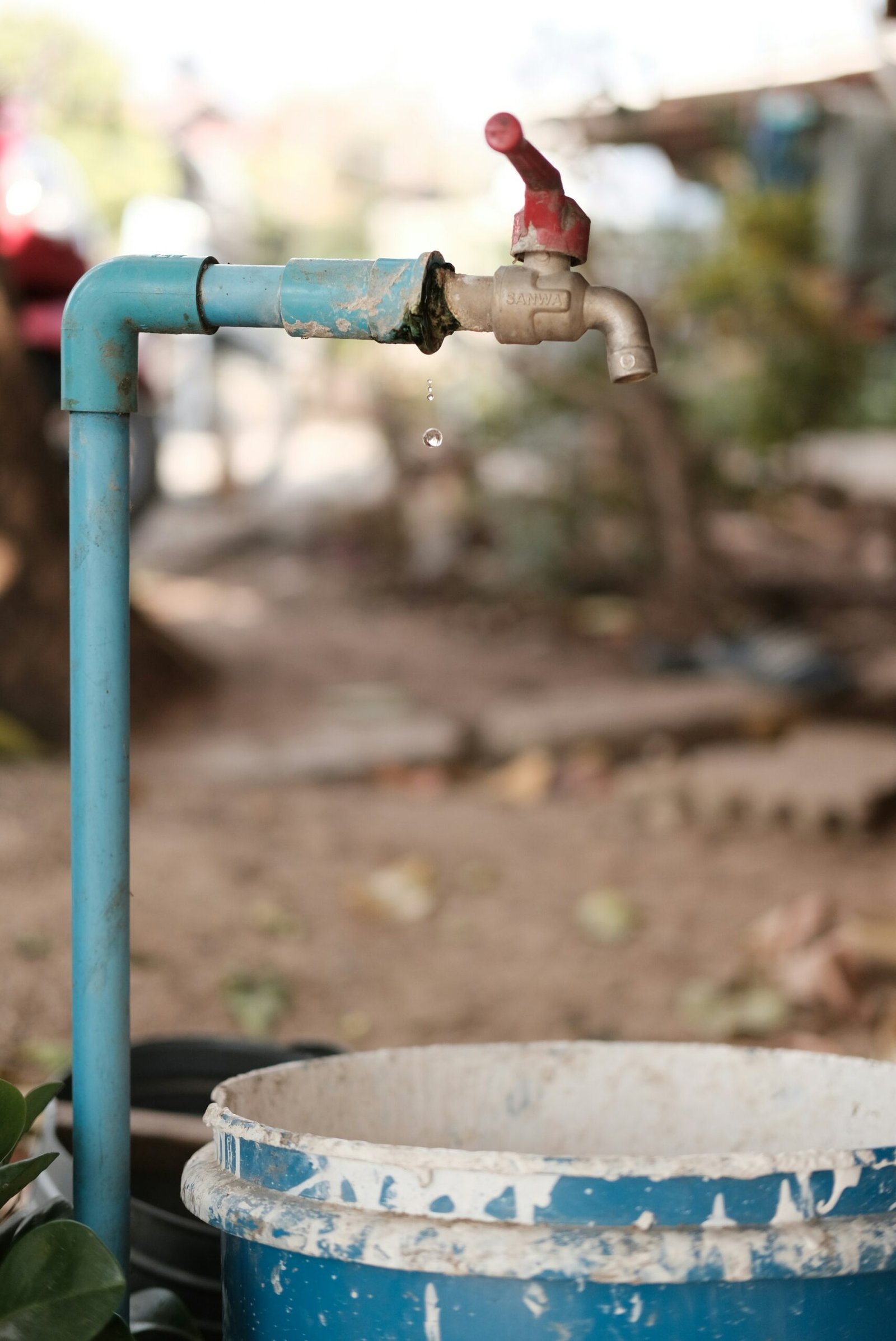Securing the Future: How Water Utilities Are Battling Cyber Threats
Join our weekly newsletters for the latest updates and exclusive content on industry-leading AI, InfoSec, Technology, Psychology, and Literature coverage. Learn More
Introduction
Cyberattacks on US water utilities have surged over the past year, threatening both the safety of drinking water and public confidence in critical infrastructure. From ransomware infections to physical system tampering, hackers have exploited vulnerabilities in water and wastewater facilities, particularly those without robust security measures.
This article examines the growing threats to water utilities, highlights recent incidents, and provides actionable steps for utilities to bolster their cybersecurity defenses.
Recent Cyberattacks on Water Utilities
The past year has seen several alarming cyber incidents targeting water utilities, including:
- Pro-Iranian Hackers: A Pittsburgh-area water utility’s programmable logic controller (PLC) was compromised, and its touchscreen defaced with anti-Israel messages. Operators were forced to switch to manual controls to manage water pressure.
- Ransomware Infiltration: A water operator serving 500 North American communities disconnected IT and OT networks after ransomware exposed customer data and threatened operations.
- October Attack: The largest regulated water utility in the US faced a cyberattack that took down its customer websites and communication networks.
These events underscore the vulnerabilities in the sector, particularly among smaller utilities lacking dedicated security resources.
Impact of Cyberattacks on Water Utilities
Cyberattacks on water utilities can have severe consequences:
- Physical Safety Risks: Tampering with water pressure or chemical treatment systems can harm public health.
- Erosion of Trust: Repeated incidents undermine public confidence in the safety and reliability of water services.
- Operational Disruptions: Utilities may need to revert to manual controls or shut down systems, delaying service and increasing costs.
Why Water Utilities Are Vulnerable
Water utilities are prime targets due to:
- Limited Resources: Smaller utilities often lack cybersecurity expertise and funding.
- Legacy Infrastructure: Many rely on outdated systems that weren’t designed with cybersecurity in mind.
- Unsegmented Networks: Poorly configured OT networks allow attackers to move laterally and exploit critical systems.
ICS/OT Cyber-Risk: Challenges in the Water Sector
The integration of remote access capabilities in ICS/OT (Industrial Control Systems/Operational Technology) has introduced significant risks. Operators often use remote tools to monitor and control water systems, but:
- VPNs Are Rarely Used: Remote connections often lack encryption or secure access.
- PLCs Are Vulnerable: Many PLCs still in use lack basic security features, leaving them exposed to attackers.
Default Credentials and Open Ports
One of the most common security gaps is the use of default credentials. For example, the Iranian Cyber Av3ngers exploited factory-set login details to compromise PLCs at water utilities, demonstrating how easily attackers can exploit these weaknesses.
Similarly, open ports and improperly configured firewalls leave water utility networks accessible to cybercriminals.
Larger Utilities: Progress and Preparedness
Larger utilities like Veolia and American Water have invested in securing their IT and OT systems. Efforts include:
- Building Security into New Systems: Vendors like Black & Veatch work with utilities to integrate security during system installations.
- Proactive Measures: Advanced monitoring and segmentation are increasingly common among larger utilities.
Securing Smaller Utilities: Unique Challenges
Smaller utilities face unique challenges, including limited budgets and expertise. Tools requiring significant overhead are often impractical, making scalable and straightforward solutions essential.
Steps to Improve Cybersecurity in Water Utilities
Small and large utilities can take several steps to enhance security:
- Enact Multifactor Authentication: Secure remote access to OT systems with additional layers of protection.
- Store Backups Offline: Protect critical data by keeping backups in secure locations.
- Install and Configure Firewalls: Properly set up firewalls to control both incoming and outgoing traffic.
- Centralized Logging: For larger utilities, logging OT activities helps detect anomalies early.
- Create a Response Plan: Clearly define steps and contacts for handling cyber incidents.
Free Cybersecurity Resources for Water Utilities
Resource-strapped utilities can leverage free tools, such as:
- Water-ISAC’s Top 12 Security Fundamentals: A practical guide to basic cybersecurity measures.
- AWWA’s Security Assessment Tool: Maps a utility’s environment to the NIST Cybersecurity Framework and identifies priority areas for improvement.
The Role of Volunteer Cyber Experts
The DEF CON Franklin Project pairs cybersecurity professionals with small utilities to assess and improve their security posture. This initiative provides hands-on support, bridging critical knowledge and resource gaps.
Cybersecurity Vendors and Integrators
Companies like Black & Veatch are actively helping utilities embed security into OT systems. Their approach focuses on designing systems with security in mind, rather than retrofitting protections later.
Government and Agency Guidelines
Federal agencies, including CISA, EPA, and the FBI, have issued guidelines and recommendations to improve water utility security. Utilities are encouraged to adopt frameworks like NIST to build resilient cybersecurity defenses.
The Future of Water Utility Cybersecurity
Emerging technologies, such as secure PLCs and advanced threat detection systems, offer hope for the future. However, collaboration between government agencies, private organizations, and utilities will be critical to addressing systemic vulnerabilities.
Conclusion
The wave of cyberattacks on water utilities serves as a stark reminder of the sector’s vulnerabilities. By prioritizing cybersecurity, leveraging free resources, and fostering collaboration, utilities can safeguard critical infrastructure and restore public trust.
FAQs
1. What makes water utilities a target for hackers?
Water utilities often lack advanced security measures, making them easy targets for opportunistic attackers seeking to disrupt critical infrastructure.
2. How can small utilities protect themselves?
Small utilities can focus on basic measures like firewalls, multifactor authentication, and offline backups to improve their cybersecurity defenses.
3. What are default credentials, and why are they risky?
Default credentials are factory-set usernames and passwords that are widely known and easily exploited by attackers.
4. What resources are available for utilities with limited budgets?
Tools like Water-ISAC’s Security Fundamentals and AWWA’s security assessment tool provide free and practical guidance for improving cybersecurity.
5. How does the DEF CON Franklin project help?
This program pairs volunteer cybersecurity experts with rural water utilities to assess and enhance their security systems.
6. How can firewalls improve water utility security?
Firewalls control data traffic, preventing unauthorized access and blocking attackers from establishing command-and-control links.
Discover more at InnoVirtuoso.com
I would love some feedback on my writing so if you have any, please don’t hesitate to leave a comment around here or in any platforms that is convenient for you.
For more on tech and other topics, explore InnoVirtuoso.com anytime. Subscribe to my newsletter and join our growing community—we’ll create something magical together. I promise, it’ll never be boring! 🙂
Stay updated with the latest news—subscribe to our newsletter today!
Thank you all—wishing you an amazing day ahead!







